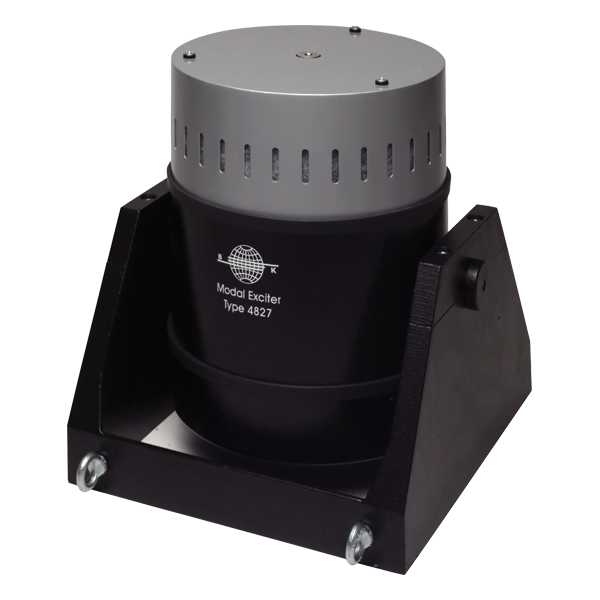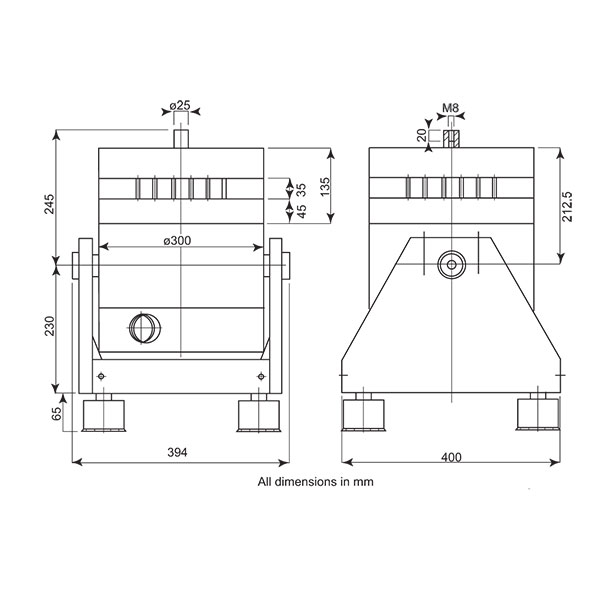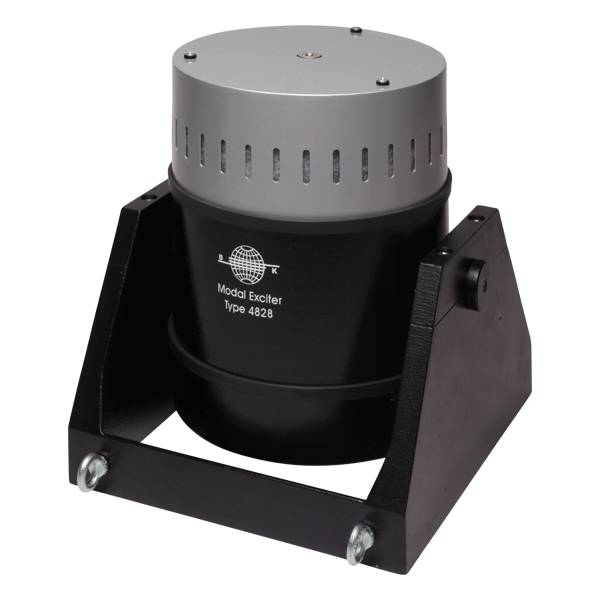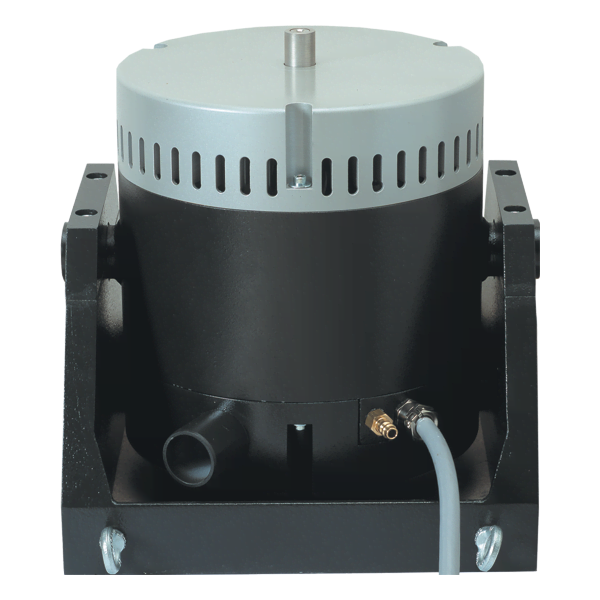Types 4827 and 4828
High-Force Modal Exciter
Designed for demanding, experimental modal testing and delivering a force ratings up to 650 N (146 lbf) for Type 4827 and 1000 N (225 lbf) for Type 4828. These exciters enable high-precision, single- and multiple-point excitation of extra-large devices (such as locomotives, industrial turbines, heavy-duty pumps or aerospace assemblies).
Request PriceThe most powerful of our modal exciters, Types 4827 and 4828 offer precise and reliable operation in any modal testing scenario, including long-duration tests of outsized mechanical structures as well as applications with MISO and MISO configurations. Suitable for impulse, sine and random signals, they also have a wide frequency range (2 – 5000 Hz) and a peak-to-peak displacement of 50.8 mm (2 in).
USE SCENARIOS
- General mechanical mobility measurements
- Experimental modal analysis, including long-duration testing of mechanical structures
- Single- and multiple-point excitation and response modal analysis applications, including SISO, MISO, SIMO and MIMO test configurations
- Advanced structural dynamics investigations
- Structural damage detection
- Finite element model (FEM) or finite element analysis (FEA) correlation
CHARACTERISTICS
These exciters have been developed using rare-earth neodymium magnet technology, to enable high force-to-weight ratios. When forced-air cooled by an external blower, Types 4827 and 4828 are capable of delivering sine forces up to 650 and 1000 N (146 and 225 lbf), respectively.
They feature low-mass, high-rigidity armatures made of magnesium and suspended on springs that minimize force drop-offs at resonant frequencies and improve the quality of force measurements. Built-in optical sensors accurately control armature position.
Stingers, or quills, are used in modal testing to impart forces to the device under test (DUT) with minimal interference from the exciter. All our modal exciters feature a through-hole design that simplifies setup when operating with stingers. Tension- or piano-wire stingers are effortlessly installed using collet chucks; push-pull rods are attached with M8 to 10–32 UNF threaded inserts.
Types 4827 and 4828 are available as stand-alone units, each supplied with its corresponding trunnion and blower, or as complete systems. The latter option also includes a matching centering unit, a 1250 VA amplifier, field power supply and three push-pull stingers.
ADDITIONAL CAPABILITIES
To better suit your specific needs, all of our modal exciters can be outfitted with a number of optional accessories: push-pull, nylon and tension-wire stingers; lateral exciter stands, electrical controls for stinger pre-tensioning, force transducers, impedance heads, turnbuckles, collet chuck attachments, adaptors and cable extension kits.




